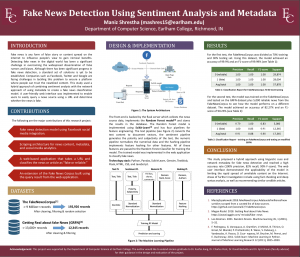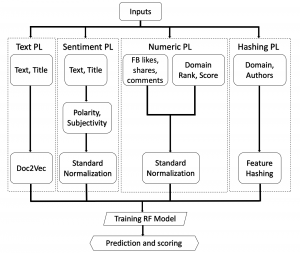Predicting the winner of a NBA match
Usage of technology to help in the correct outcome of sports. The goal is to predict the winner of an NBA game using machine learning techniques. This is done on the based of the factors that have influence on the match and which ones are useful for the team in winning the match.
Machine Learning, Python
DDR4 8gb ram, 700 mb space for spider ide and project files, intel i3 7th gen processor an above.
No hardware required.
We will use this dataset to find out the entropy, which is nothing but a reward system that shall be used to calculate the probability of winning of the two teams playing the current match.
We will use various factors to calculate the entropy, for example, affect of injury of players in the outcome of a match, past performance of players in the season, home court or away court, past record and scores of players against the opposition team, grudges in between two players of opposition team, record of the coach, etc.
The project brings a unique way to predict the winner which can be helpful to lot of betting agencies, match analysers. We shall use our algorithm while the match is being played to dynamically take into effect of any possible injuries or fouls that the players may commit during the match. This will give a better number to calculate the probability of winning of both the teams.
The difficulties encountered would be getting the right accuracy level, trying different algorithms for the correct score, large quantity of data to access.

